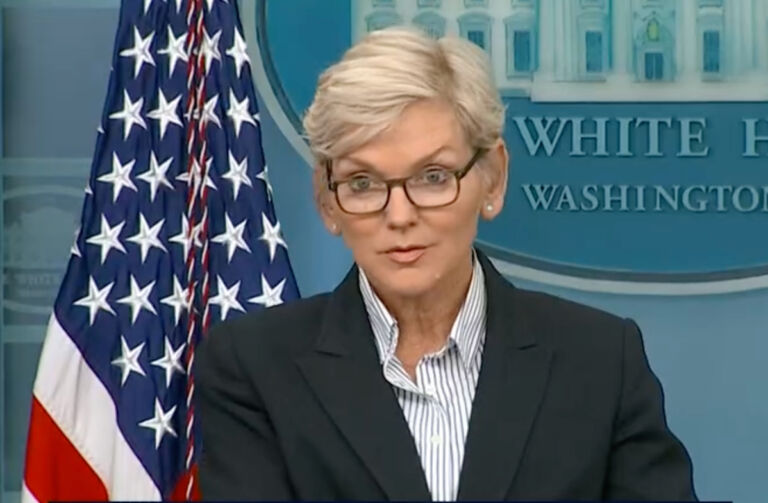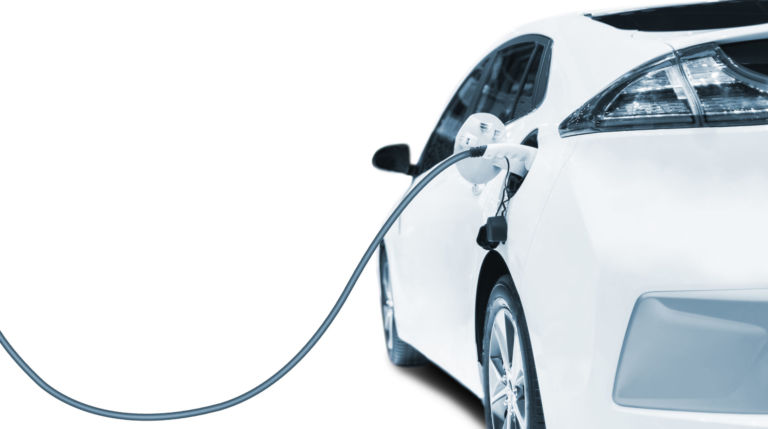Andrew Stuttaford of National Review Online ponders NPR’s coverage of the U.S. energy secretary’s recent electric vehicle trek.
“Granholm’s trip through the southeast, from Charlotte, N.C., to Memphis, Tenn., was intended to draw attention to the billions of dollars the White House [that would be the taxpayer] is pouring into green energy and clean cars. The administration’s ambitious energy agenda, if successful, could significantly cut U.S. emissions and reshape Americans’ lives in fundamental ways, including by putting many more people in electric vehicles.”
“Clean cars” is something of an exaggeration. “Cleaner” is more accurate. After factoring in the greenhouse gas (GHG) emissions generated in producing electric vehicles (EVs) and in generating the electricity used to power them, a midsize traditional car is (according to the International Energy Agency) responsible (roughly) for a bit more than twice as many GHG emissions as an EV.
NPR:
“On town hall stops along her road trip, Granholm made a passionate, optimistic case for this transition. She often put up a photo of New York City in 1900, full of horses and carriages, with a single car. Then another slide: ‘Thirteen years later, same street. All these cars. Can you spot the horse?’
“One horse was in the frame.”
And yet no one banned the horse, or, for that matter, the electric and steam cars that were also on the market in the early 20th century. The internal combustion engine won on its merits, and without the help of vast amounts of taxpayer money. …
… While forcing the switch to EVs will create new jobs, the more important question is how many net new jobs will be created, and what those jobs will pay. That’s clearly a part of what’s worrying the UAW’s leadership as it prepares for a strike. …
… The pity, of course, is that many or most of these teething troubles, if that’s what they are, could have been avoided (and all the taxpayer dollars saved) if central planners had kept out of things, leaving EVs to develop organically.


